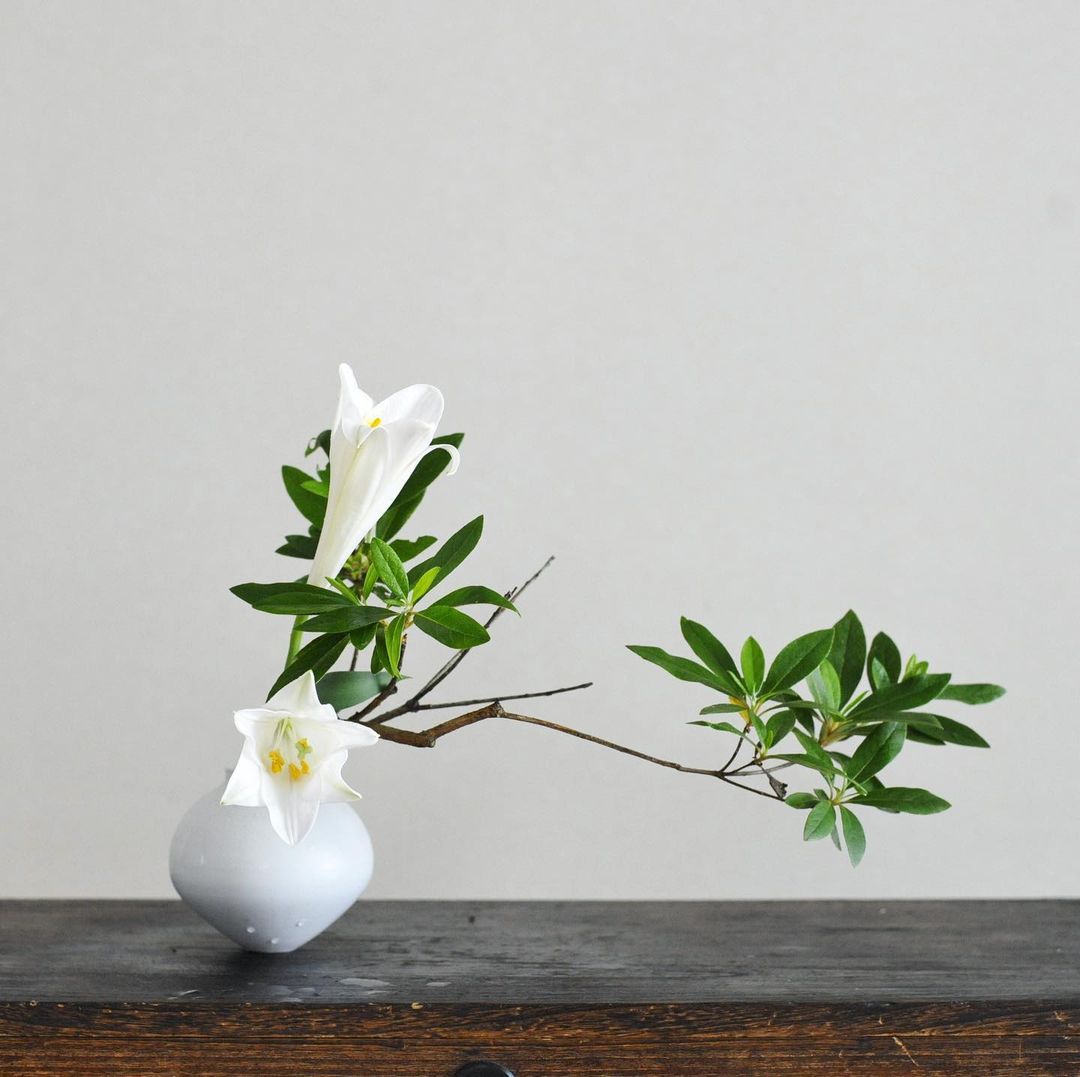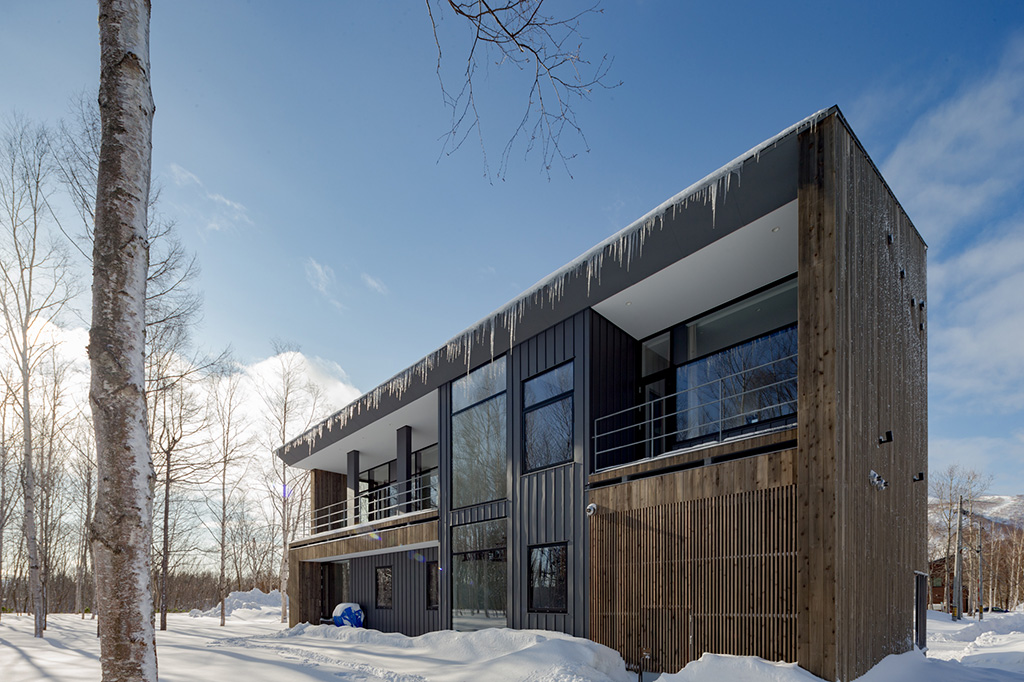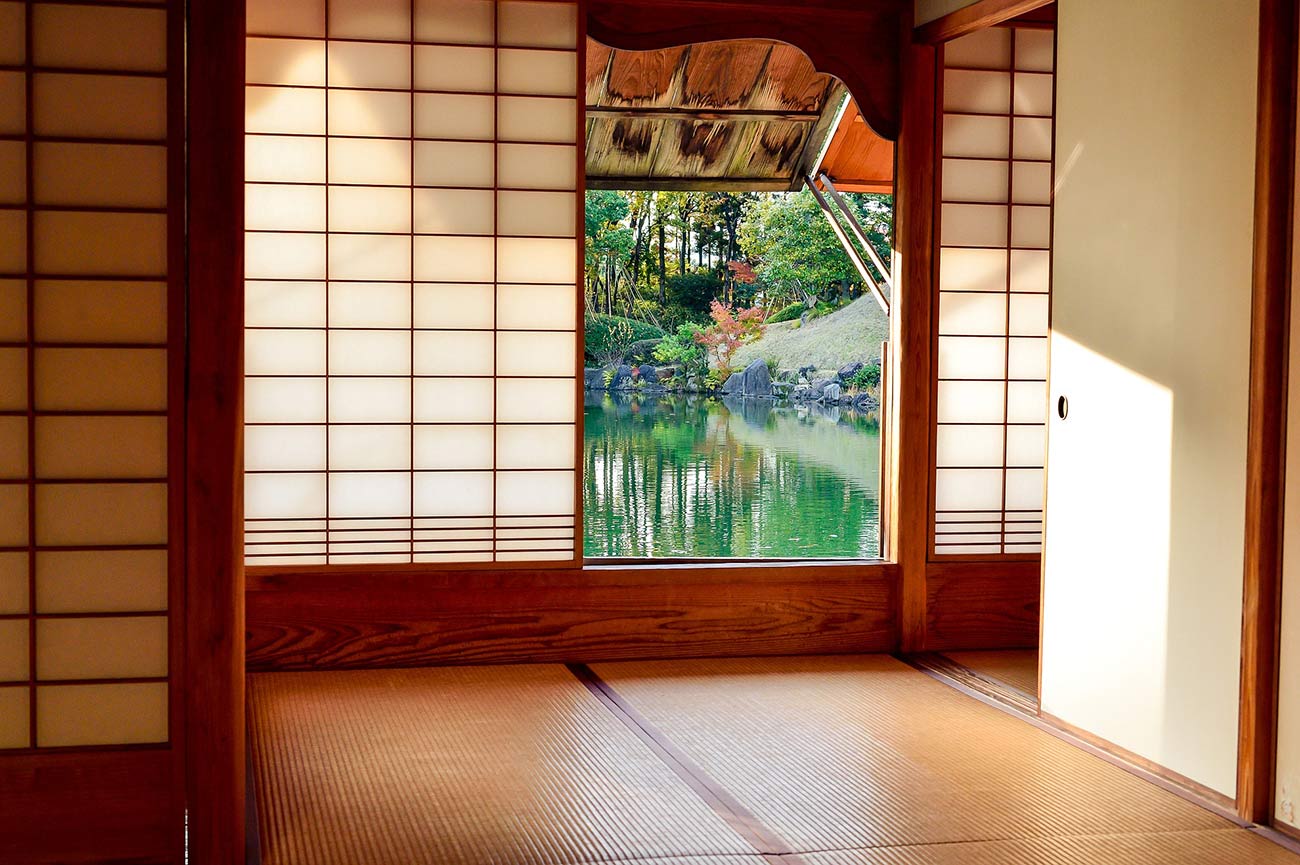Japanese minimalism has long been associated with art and aesthetics. But the less-is-more philosophy resonated with many and has become not only a reflection of the Japanese culture but has found a way to seep into different facets of our lives.
Here are some of the principles minimalism can teach us that we can incorporate into our daily lives.
The Philosophy of Ma
Ma, pronounced “maah”, is about the artistic value of negative spaces in art, including music, poetry, interiors, and architecture. It celebrates not the things themselves, but the spaces between them. While looking at a painting or any form of artwork, Ma teaches us to put emphasis on the things that are not, rather than the things that are.

This shift of focus can be perspective-altering at first. While some worldview focuses on buying, accumulating, achieving, or filling our lives with more, Ma seems counter-cultural. But it’s a lesson we can take about relishing these “empty” spaces because what is not there is just as important as what is there.
Ultimately, it feels good to have an element of space, stillness, and quiet.
The Philosophy of Danshari
Danshari, roughly translates to ‘refuse, dispose, and separate’ or the Japanese version of decluttering. It’s rooted in a Zen philosophy telling us that 75% of what we own or desire does not truly contribute to our happiness.
Danshari, perhaps made globally popular by Marie Kondo, starts with dan, refusing to add items or events that are not serving you well in the first place. It goes on to sha, which means disposing of or eliminating that which doesn’t spark joy or that isn’t beautiful or essential. Finally, ri is focused on detecting in us the desire for superfluous things and separating from them.
As a whole, the philosophy is a guide for us to focus our attention on real necessities. It respectfully invites us to clear out the remaining 25%, the clutter. It ties with Ma by encouraging us to remove what we don’t need so we can create negative spaces and have a better appreciation of what we do have.
Ultimately, it feels good to have an element of detachment over the things we own.
The Philosophy of Wabi Sabi
Wabi-sabi speaks of natural beauty that erodes over time. It’s a beautiful principle that accepts, even embraces, that items are transient and will wear away. Despite that, or rather, because of that, they should be appreciated for being impermanent, incomplete, and imperfect.
Taken individually, wabi and sabi are two separate concepts. Wabi is concerned about recognizing beauty in nature and simplicity. Sabi is about the passage of time, and how all things grow, age, and decay. Together, these two concepts create a philosophy for art and life: inviting us to accept the natural imperfections that come with life, and in so doing, experience spiritual richness.
Ultimately, it feels good to have an element of freedom over the pressure of being perfect.
The Philosophy of Shibui
Shibui is a principle of subtle, unobtrusive beauty. Shibui is another invitation for us to find the balance between simplicity and complexity. It means that something can be simple, but the subtle details and textures of it are what make it interesting.

Simplicity, modesty, naturalness, imperfection, and silence are some of the elements of shibui. It’s a celebration of something practical, subtle, and balanced. This fits with Japanese minimalism, where things don’t have to be excessive or showy to be worth paying attention to.
Ultimately, it feels good to have an element of simplicity that speaks of elegance and inner refinement.
The Philosophy of Iki
Iki is another principle that refers to a distinct aesthetic ideal. You can often spot iki in Japanese art, interior design, and fashion. It’s about looking good effortlessly or having beauty and elegance without having to try.
Iki can sometimes be considered an expression of carefully calculated simplicity. But at the core of iki is the idea of subtlety. This fits with Japanese minimalism, where it focuses on the appreciation and possession of a few items that truly matter.
Ultimately, it feels good to have an element of being deliberate about the way you express yourself, whether that’s through fashion or architecture.
Applying Minimalism
All of these principles and philosophies can be applied to our homes and our lives. One can start by embracing the negative spaces in your home, being mindful and intentional about the things we chooses to keep and acquire.
We can also start to be more comfortable with discarding and careful decluttering. Knowing how much work it takes to get rid of your excess stuff can also be a great motivation to stop accumulating unnecessary items.
Over time and with practice, as we embrace these philosophies, we’ll find it easier to simplify our lives, find ways to live in a less cluttered environment, own less, and create less waste.







